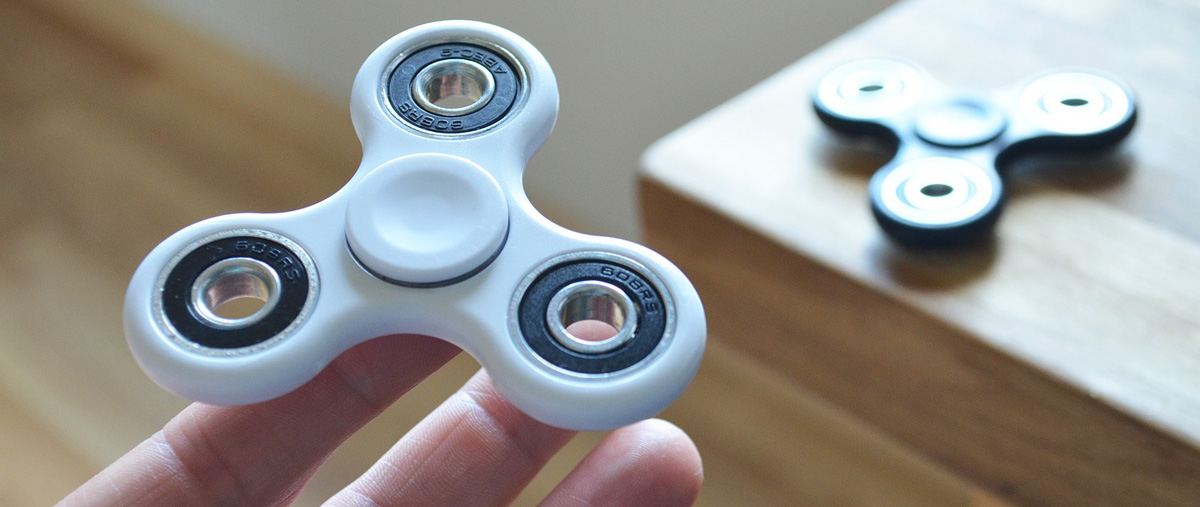No doubt you have seen the colorful, dynamic new gadgets in the hands of kids, known as “fidget spinners.” They’re appearing suddenly, almost out of nowhere. You find them being sold all over the place – in stores, gas stations, and even from sidewalk folding tables or out of car trunks. More than likely, you have seen more than one spinning in your classrooms or the campus playground.
Beyond just being toys students are bringing to school, they have created some controversy in the educational community. Fidget spinners are heavily marketed as devices to assist those with certain conditions and learning disabilities – including autism, performance anxiety and attention deficit hyperactivity disorder (ADHD) – to improve focus and channel physical energy. To date, only anecdotal evidence and very limited research support such therapeutic claims.
Schools have reacted to this sudden fidget spinner trend with everything from outright bans of the toys to actively supplying spinners to students they believe will benefit from using them. In developing policy and practice toward fidget spinners, it is important that schools consider the risk management aspects to keep pupils and staff safe.
Some fidget spinners have been found to contain toxic substances including lead and phthalates; others have sharp edges or protrusions that have caused injuries; if they are disassembled or break, there are small pieces that are a choking hazard for young children. There are even lighted models containing lithium ion batteries that have burst into flames during recharging. The Consumer Product Safety Commission recently issued specific safety guidance about fidget spinners to both consumers and manufacturers.
Although they are designed to be held in the hand while spinning the rotor, fidget spinners can become dangerous flying objects. Whether users are trying to perform clever tricks or intentionally throwing them at others, there is a great potential for injury when fidget spinners leave the hand. Schools should specifically prohibit any behavior where the spinner becomes a projectile.
While many teachers and administrators have been concerned the toys create classroom distractions, fidget spinners can also cause unsafe distractions for those spinning them. Just as a smartphone user can be more focused on the device than with driving or walking, someone focusing on the spinning toy can accidentally trip over uneven ground, run into obstructions, or walk into traffic.
We can’t predict if fidget spinners are here to stay, or will be a quickly passing fad replaced by a new obsession in a few months. But school personnel need to be aware of the possible risks and, most importantly, act to keep everyone on campus safe.
CALIFORNIA SCHOOLS
TRENDING TOPICS


